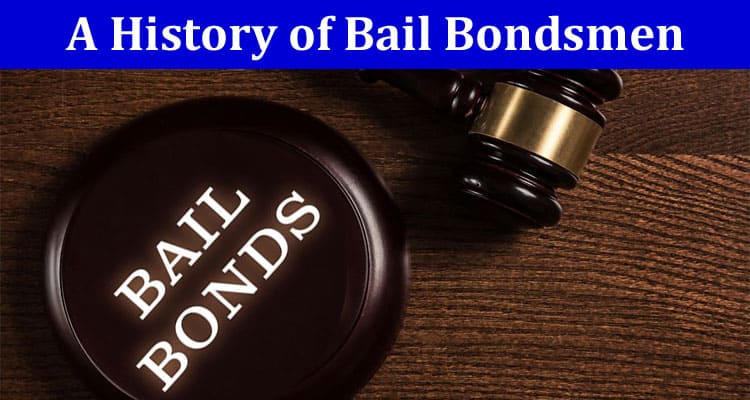The use of a bail bondsman has a long history in the American judiciary system. They help represent defendants who cannot afford to post bail while making sure they meet court requirements. Here is more on the history of bail bondsmen:
The Origins of the Bail System
The concept of the modern bail system began in England. In medieval times, there were not enough magistrates to try defendants. The need for more magistrates made keeping people in jail while awaiting their trial impractical, as there was a possibility of waiting for months. Many people released from prison often fled town before facing trial. The English developed a system requiring defendants to post a sum of money they would forfeit if they failed to appear for their court date.
The 13th-century Statute of Westminster formalized the bail system by defining bailable and non-bailable crimes. At the time, the person charged with bail was solely responsible for posting bail. While the wealthy and nobility could afford to post bail, the lower and middle classes struggled to pay bail. The role of bail bondsman arose to enable the lower and middle classes to pay bail. Bail bondsmen were financial backers and custodians of the defendants responsible for keeping them from fleeing.
The Development of the American Bail System
British settlers transported the practice of bail bonding to colonial America in response to the unique challenges of the New World. Early American colonists continued to rely on sureties to secure the release of the accused, often in the form of property or monetary pledges. This practice laid the groundwork for formalized bail systems in the United States after the colonies gained independence. American colonies like Virginia began to enact bail laws in their constitutions. They allowed bail for every crime except manslaughter and other crimes punishable by life or limb. Virginia’s constitution also prohibited the requirement of excessive bail.
While preparing for the first draft of the Bill of Rights in 1789, James Madison modeled the first ten amendments passed in Congress after the Virginia Constitution. Madison copied the Eighth Amendment in the Bill of Rights that prohibited excess bail verbatim from the Virginia constitution.
The Role of Bail Bondsmen
When America set the bail system, not everyone could afford to post bail, resulting in overcrowding in jails. The overcrowding issue in prisons necessitated the creation of bail bondsmen. In 1898, the McDonough brothers, Pete and Thomas, established America’s first bail bond business. The McDonoughs provided surety bonds, charging the defendant a fee to guarantee their bail. More bail bond agencies grew in America and adopted the McDonoughs’ operation system. States enacted laws requiring licensing, set fee limits, and established bounty-hunting guidelines to regulate bail bond agencies.
The Bail Bondsman Today
Today, bail bondsmen operate as part of the American criminal justice system, providing courts with a financial guarantee and helping defendants meet court requirements. A bail bondsman charges a non-refundable fee, a percentage of the bail amount set by the court. The bail bondsman posts bail on behalf of the defendant, facilitating their release as they await trial. You can use the services of a bail bonds agent if you or a loved one gets arrested for a speedy release from jail.


